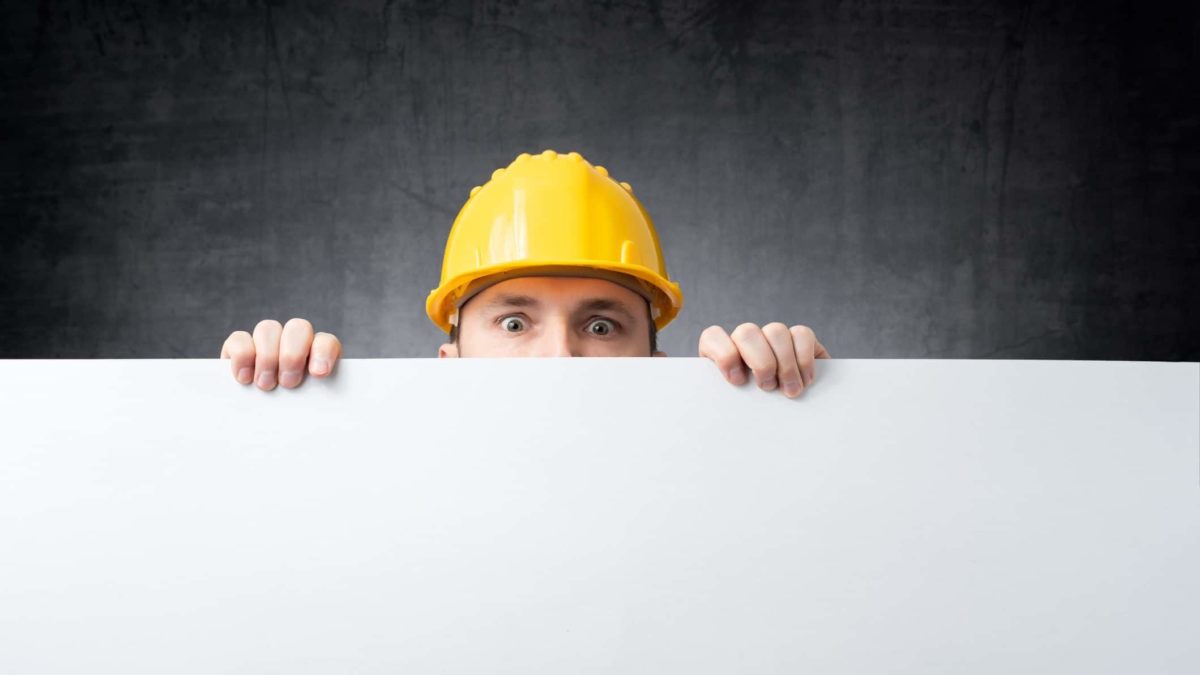S&P/ASX 200 Index (ASX: XJO) iron ore producers may soon see their incomes impacted as China ramps up its attempts to lower the commodity's price. Currently, the iron ore price is US$197 per tonne – down from its record high of US$229.50 per tonne, which it hit earlier this month.
Previously, the commodity's price had been rising as a result of China's increasing demand for steel – of which iron ore is a key component.
On Wednesday last week, China's cabinet called for measures to reduce the price of commodities, including iron ore.
These measures include an increase to export tariffs in place for some iron and steel products and the removal of export tax rebates for certain steel products. According to China, these changes are an attempt to increase the supply of the commodities by the nation's domestic market.
Following the announcement of the proposed measures, the price of iron ore fell on Thursday and has continued to slide each day since.
Now, according to reporting from Bloomberg today, China's demand for minerals, including iron ore, may wane, as indicators show the nation's construction boom might soon slow.
Can the iron ore price expect more pain?
Bloomberg reported that economic data from last month implied China's economic recovery and credit impulse – which Bloomberg states represents new credit as a percentage of GDP – may have reached its peak.
This means China could possibly need to slow down its spending in the near future, which may, in turn, put the breaks on its construction boom. If China's levels of construction stall, its demand for steel would presumably decrease. Due to the laws of supply and demand, this would likely result in an even lower iron ore price.
The recent boom in the iron ore price was largely driven by China's pandemic recovery strategy, which included a surge in construction. China was already the world's biggest importer of iron ore prior to the boom, with its insatiable appetite for steel pushing the price of iron ore to an all-time high.
Most of China's iron ore comes from Australia and, in 2019, 81.7% of Australia's exported iron ore went to China. Australia produces around 60% of the world's iron ore. Despite the current trade tensions, China has few options but to import Australian iron ore to satisfy its demands.
However, if Chinese demand does in fact wane, as these latest reports suggest it may, this could be significant for Australian iron ore producers.
Kallanish Commodities Ltd analyst Tomas Gutierrez was quoted in Bloomberg's report as saying:
We're still at an early phase of tightening in terms of money reaching projects.
Iron ore demand reacts with a lag of several months to tightening. Steel demand is still around record highs on the back of the economic recovery and ongoing investments, but is likely to pull back slightly by the end of the year.
ASX 200 iron ore producers today
Some ASX 200 iron ore producers were struggling today on the back of the iron ore price falls.
Australia's 3 largest iron ore producers are BHP Group Ltd (ASX: BHP), Fortescue Metals Group Limited (ASX:FMG), and Rio Tinto Limited (ASX:RIO).
By the market's close, their share prices were down 1.97%, 4.3%, and 2.15% respectively.
By comparison, the ASX 200 jumped by 0.16% today.









